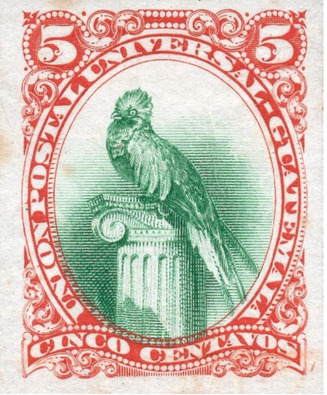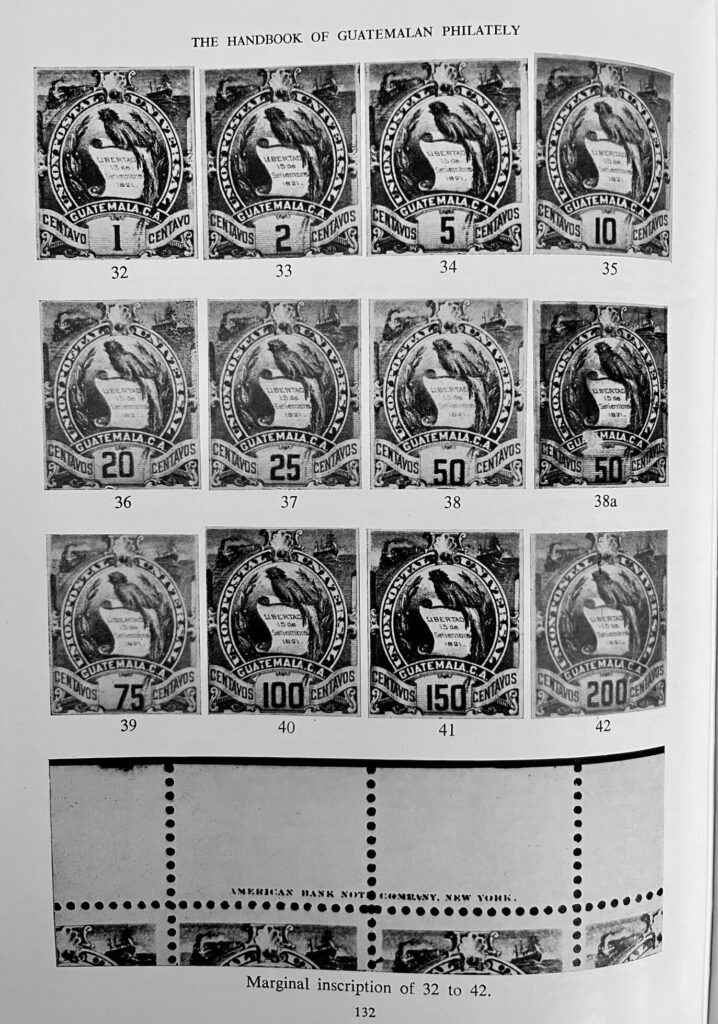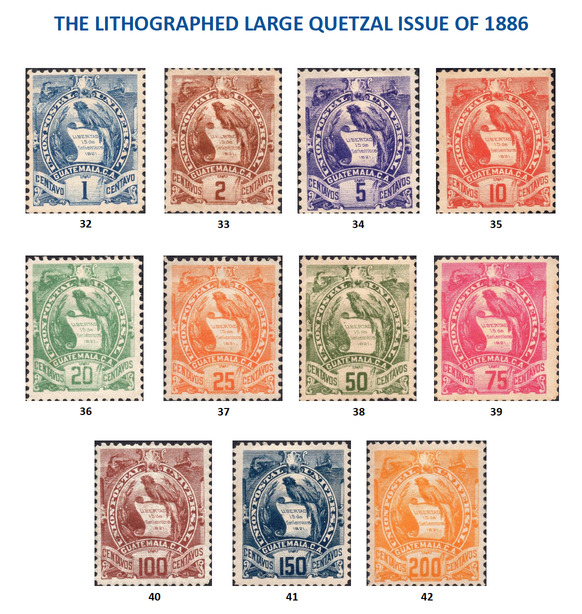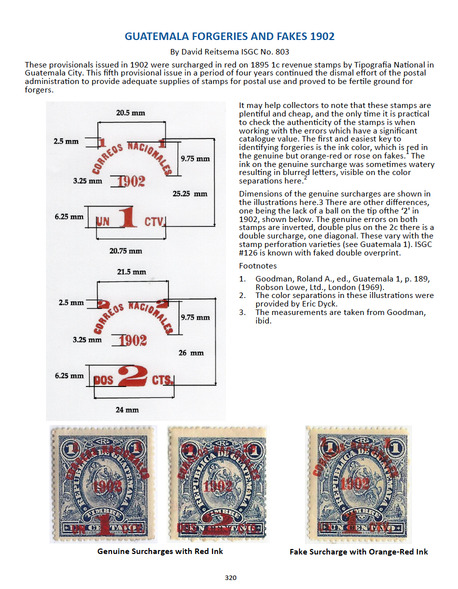
We appear to be in something of a Golden Period in the introduction of new resources for the Latin American philatelist.
An excellent example is the Mi Oficina YouTube channel which has now garnered well over 1600 subscribers since inception and is heading towards 250,000 views in under three years – a remarkable achievement and a good indicator of the strength of the collector base.
2022 saw the release of a number of specialised, single-country catalogues and 2023 is kicking off in fine form with the introduction of The Postage Stamps & Postal Stationery of Guatemala.
Once again it is digital only and, remarkably, available as a free download.
With over 1000 pages it is an essential resource for the existing Guatemala collector and the ideal reference for new devotees wanting to get stuck in to a new (and comparatively inexpensive) collecting area.
Old hands will be familiar with the Guatemala 1 and 2 handbooks upon which this new release is based. It is, in essence, a major update of Roland Goodman’s fifty year old work ( a later ‘Guatemala 3’ covered the 1971-90 period).
The narrative, listings and content remain true to the original but with some important updates, additions and reformatting.
Michael Bloom, the editor, has adapted it for the digital age by switching out many of the old black and white images for full color. Listings have been greatly improved by scanning in items not illustrated in the original book, aiding considerably in identification.


These are further enhanced by magnifications of varieties and by the scanning of images in 600dpi. Using your pdf zoom function allows you get so much closer to the image than you could ever hope to achieve with the printed version.
A wealth of new material added to the original
The digital edition now includes a remarkable 3,500 new images.
The original layout has been significantly improved, printing dates have been more logically organised and additional information has been added where new discoveries or corrections have come to light in the intervening years.
New images of varieties and a significant increase in images of proof material and specimens greatly enhance the text and help illustrate the full scope of an issue, particularly in the early years.
Postal usages have also been immeasurably improved by the addition of a much wider variety of covers. For example, the ‘Indian Woman’ issue of 1878 illustrates four black and white covers in the hard copy publication. The digital edition gives us no less than thirty-three with all but two in color.
Particularly welcome are the inclusion of detailed illustrations of fakes and forgeries for most of the key issues. David Reitsema provides easy to follow guidelines in helping collectors separate out the wheat from the chaff, originally published in the ISGC’s ‘El Quetzal’ journal.

This is very much a handbook, rather than a straightforward catalogue, with plenty of explanation describing the background to each issue.
Rather than providing ‘moment in time’ valuations, the new edition retains the relative pricing model of the original whereby varieties are ‘valued’ at a multiple of the regularly issued stamp, helping the reader to understand how common or scarce each item may be.
For the completist, the handbook picks up where Guatemala 3 finished in 1990 and takes us up until September 2021.
What’s missing? There is still some very useful data that is yet to be carried over from the hardcopy volumes, notably the sections on cancellations, markings, postmarks, post offices, rates and ambulantes. But this will all be added in due course.
The idea is that the handbook becomes something of a living document that can be updated and re-issued on a regular basis. Indeed, additional material, images and input is being actively sought and ‘crowd sourced’ to continue to update and refine the content.
You can discover more about the background to creating this digital edition in Michael Bloom’s article in the January 2023 edition of The American Philatelist.
The handbook can be downloaded for free from the International Society of Guatemala Collector’s website.

It is absolutely amazing to see the revival of publication of specialized literature for the various Latin American nations in the past 12 months.
Now if we could only get a new specialized catalogue for Mexico that covers post-1910 material (Follansbee of course covers up to 1910 in amazing detail.) The fact that Mexico does not have a contemporary locally produced catalogue the way Brazil or Argentina do is really one of the great mysteries to me.
According to the APS magazine this handbook is downloadable from this site. How do you find it for download?
The link to the ISGC website is at the foot of the article above. You can download it from there.